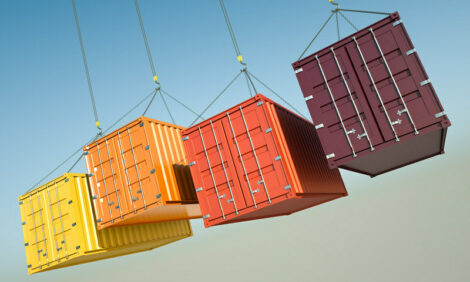



Meat & Livestock Australia launches GHG calculator
The tool is designed for Australian sheep and beef producersAccording to a recent press release, Meat & Livestock Australia (MLA) has launched an online, web-based greenhouse gas (GHG) calculator based on the Sheep and Beef Greenhouse Accounting Framework (SB-GAF) tool for Australian sheep and beef producers.
The digitised version of the SB-GAF tool is based off the freely available excel version of the tool available on the Primary Industries Climate Challenges Centre (PICCC) website to ensure consistency across the sector.
According to MLA’s Managing Director, Jason Strong, completing a carbon account is an important first step for producers to increase their carbon awareness and determine what their net GHG emissions position is, so they can identify strategies to reduce these emissions and improve carbon storage on-farm.
“Calculating baseline carbon emissions and sequestered carbon is an essential first step for producers who are considering opportunities arising from low or zero carbon red meat, such as carbon-neutral branded products, or who simply want to improve their productivity and profitability," Strong said.
“A carbon account can be used in on-farm decision making and sets a benchmark to show progress over time," he added. "Just as financial accounting aids financial decision making and reporting, carbon accounting aids decision making and reporting around how carbon is – or is not – utilised on-farm."
“The calculator also enables the calculation of an emissions intensity figure and improves on-farm data collection and storage capabilities," he continued.
“Calculation and reporting of on-farm emissions and emissions intensity for red meat products are likely to be a requirement for on-going and emerging market access in the future and the improvement to the usability of this process will support red meat producers in the process,” said Strong.
The calculator will provide a baseline carbon account with total greenhouse gas emissions for the property and the emissions intensity of product produced. The calculator will also enhance on-farm data collection and storage capabilities, and ensure relevant information is on hand when market opportunities arise that require historical data.
A carbon account is an important tool for business planning as it allows producers to understand their current position and identify areas for improvement.
A carbon account includes two key elements: GHG emissions, including: enteric methane from ruminant production and carbon dioxide from fossil fuels, as well as direct and indirect emissions of nitrous oxide from fertiliser application and excreta and methane from manure.
The other key element when developing a carbon account is the carbon related to vegetation and soils on-farm.
Reducing greenhouse gases can yield a range of benefits, including increased productivity and long-term sustainability, improving consumer and community support, and solidifying existing market access.
Carbon accounts also provide accessibility to new and emerging markets for products demonstrating environmental stewardship credentials, as well as access to capital and ensuring the adaptation and resilience of red meat production in the face of changing climatic conditions.



